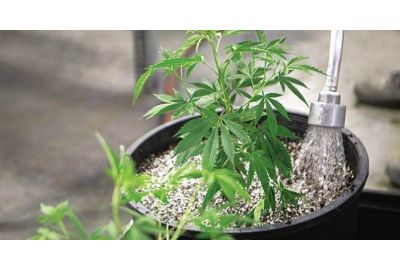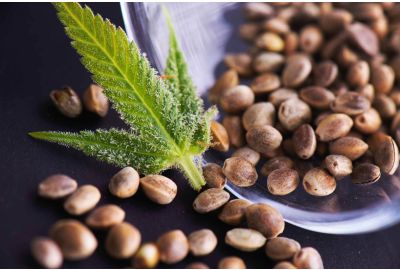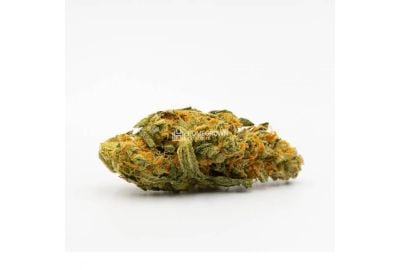Transplanting Autoflowers: Is It Possible?
Are you curious about transplanting autoflowers and if it’s possible? You’re not alone. It’s something that many new growers wonder about. Autoflowering cannabis is one of the faster-growing cannabis plants that are easier to raise.
Some advocate repotting autoflowers and transplanting of cannabis, citing convenience and better yield. These strains revolutionized the cultivation of cannabis around the world. Still, there are lots of myths and questions surrounding this plant.
One of them remains; can you transplant your autoflowers?
Below we explore the reasoning behind the myth of transplanting autoflowers. We also examine the effects of repotting autoflowers and whether it’s an appropriate step during a vegetative state or for outdoor growing.
Let’s dive in!
How does transplanting autoflowers affect the plant?
Transplanting autoflowers comes with some significant effects that are beneficial to the plant.
They include:
Quickening the sensitive, short growth cycle
Autoflowers have a short growth cycle that requires patience and mastering the planting basics. The transformation of auto-flowering cannabis seeds from the germination stage to seedling, harvest, then drying and curing takes between 8 -12 weeks.
Moving these to the ground where there’s fresh soil allows them to blossom naturally. They can spread their root system freely and vigorously by tapping into the nutrients below.
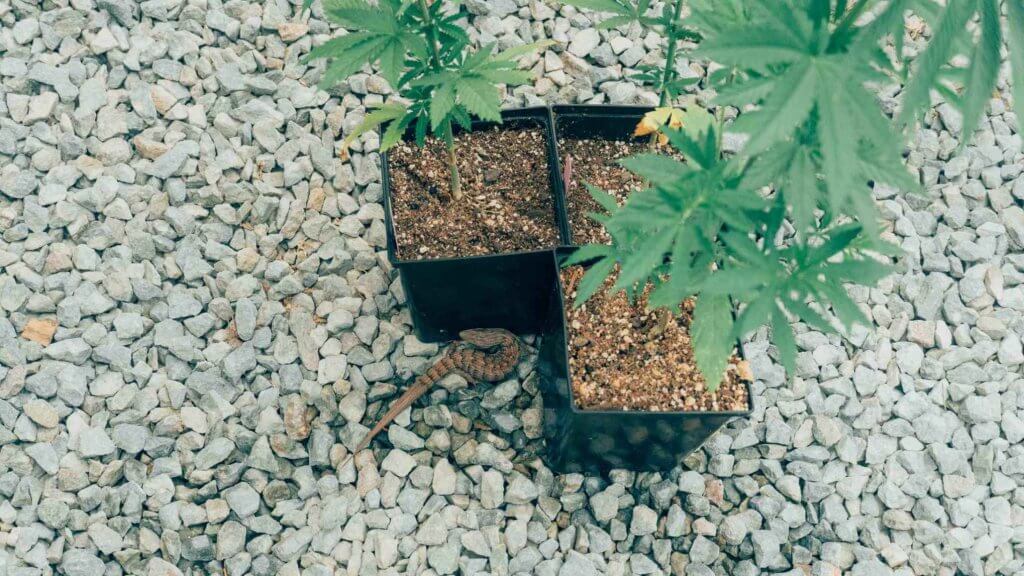
Preventing root bounding
If you’re growing autoflowers in solid containers, the roots can become restricted by the size of these pots. Depending on the dimensions of the planting pots, the autos can become rootbound as the system of radicles meshes around the soil, seeking as many nutrients as they can get.
When this root’s network fills up every space in the solid medium, transplanting autoflower seedlings into bigger containers becomes inevitable. Otherwise, rootbound autos may develop any of the following symptoms:
- Slow, stunted plant growth or flower production
- Stem discoloration, reddening, wilting and spotting due to nutrient deficiencies
- Yellowing or browning of the leaves near the base of the plant
- Smaller buds
- Sick or drooping autos
- Burning of the roots due to inadequate nutrients
- Cracking or disfiguring of the solid medium
- Roots showing above the soil
- Container drying up too quickly
Rootbound autoflowers stick to the container, making it hard for you to transplant them without damaging the roots. In turn, you risk slowing down the vegetative stage of the autos and ending up with lower yields during harvest.
When trying to salvage a rootbound cannabis plant, do so by pruning the radicles or repotting autoflowers into a spacious container. If need be, you could use two or more holders as well.
Can you transplant autoflowers?
Yes, you can transplant autoflowers. Moving them into new pots is a delicate and complicated procedure compared to repotting regular cannabis. It’s greatly due to the autoflower cannabis strains not being able to handle stress.
Anything you do during the growth cycle can impact the final yield. The stress can be minimal if the transplanting is done with good timing and using the best technique.
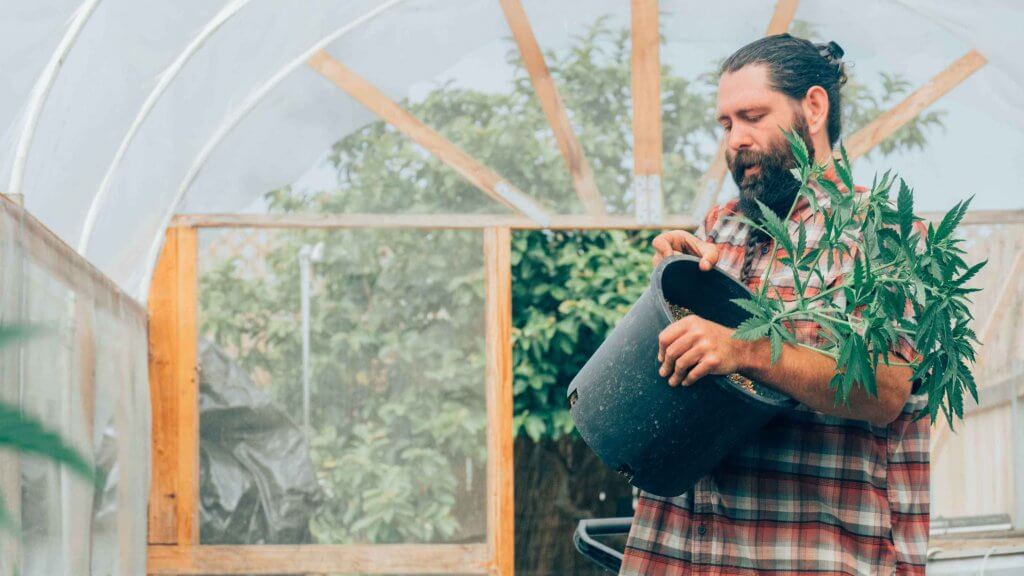
When to transplant autoflowers?
Autos don't need much darkness to flower. Still, timing is critical, especially when transplanting autoflowers pots to grow outdoors. The best time to move them is when they develop four to five sets of leaves. The leaf cover happens when the plant is about two weeks old.
At this stage, the network of roots has some space to grow freely and vigorously inside the smaller solid medium. Hence, moving the plant to a bigger pot minimizes the shock.

How to transplant autoflowers
Successfully transplanting cannabis depends on your experience or skill level. Not everyone is an expert, and using clumsy fingers or moving the plant when the soil is not dry enough, can strain the roots.
If you find transplanting your autoflowers challenging, we recommend using the stress-free split cup method. Check out the steps below:
Pick the right transplanting autoflowers pots
Containers ideal for transplanting autoflower seedlings retail in various shapes and sizes for indoor or outdoor use. When the vessels are too big, the plants may struggle, while tiny ones may result in smaller buds for your autos.
Most autoflowers thrive in 3-gallon pots, but it’s best to test it first by using one or two seedlings to see how they respond.
Check if the root system is healthy and damp. If so, go ahead and transplant the remaining autoflowers, or you may have to choose a smaller or larger holder.
Fill the new pots with organic-rich soil
Organic-rich soil has the necessary microorganisms to convert autoflower nutrients into readily absorbable food for the plants. Fill the pots with this soil, and then make a hole in the middle section using the current container with the transplanting autoflower seedlings. Ensure the seedlings will retain their soil level when in the new pots.
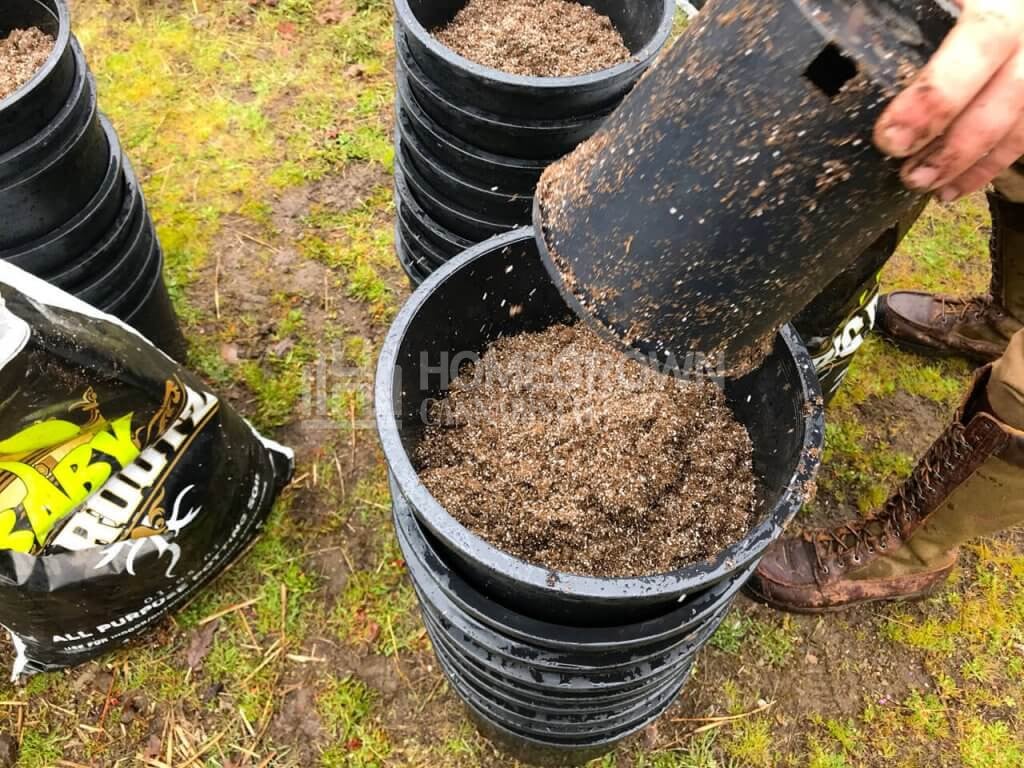
Safely remove the autoflowers from their containers
When repotting your autoflowers, have a firm finger grip on the stem above the soil line. Flip over the pot to detach the entire plant from its container. If the root system is attached to the container, squeeze the sides of the pot several times to loosen the soil inside.
Another method is to slide the back edge of a long knife along the inner edge of the container to free the roots. If the plant is severely rootbound, you may have to cut the container to break it open.
Loosen rootbound autoflowers before repotting them
Root bound autoflowers will struggle to grow in a spacious container unless you detangle the root systems first. When you want to transplant the autoflowers, use your fingers to loosen their network, spreading them out as much as possible. You may need to prune some of them by using a sharp knife.
When repotting autoflowers, avoid handling these radicles with your hands. It can damage them or even cause rotting. It’s best to touch them only if they’re tangled or skip this step altogether.

Place the plant in its new container
Insert the loosened ball of radicles in the hole you created in the soil of the bigger container. Add root stimulants before watering the soil. Then press the root mass against the new soil to establish good contact.
Level the container with the growing medium
Add some more soil to the container to level it. Water the plant one last time before placing it in its growing environment. Below are further tips for transplanting autoflowers:
- Transplant the autoflowers as early as possible, preferably before the roots get to the bottom of the cup.
- Use containers that allow the ball of radicles to slide out easily when moving them to a bigger pot.
- Help the plant recover from root shock by feeding them lightly for the next few days after the repotting. Likewise, minimize lighting until you spot new healthy growth.
Transplanting autoflower seedlings
When autoflowers reach the seedling stage, they’re more vulnerable to disturbances. The stress associated with transplanting autoflower seedlings can stunt the plant for 1 to 7 days, equivalent to a 10% loss of its lifetime. Yet, this is the best time to relocate them into bigger pots.
Let the freshly transplanted autoflower seedlings rest, recover, and catch up on their healthy growth. Here are some additional tips to increase the success rate:
- Wait until the seedlings have a little rootbound to form sturdy clumps when transplanting
- Water them a few hours before repotting them
- Keep the roots damp and well-ventilated in the new containers
- Trim back any excess leaves
- Never change the soil type when repotting the autoflower seedlings into new pots
Transplant autoflower in veg state
It’s possible to transplant an autoflower in a vegetative state. At this stage, the plant is sturdy enough, has more leaves, and has a well-established root system that can recover faster from any shock.
These plants require minor adjustments when shifting from a seedling to a vegetative state. You have to increase the water and nutrient supply weekly. Also, adjust the lighting cycle to 18/6 to help the new leaves make sugar.
Transplanting the autoflowers during this stage creates a minimal disturbance.
Transplanting autoflowers pots outside
Autoflowers require a minimal light schedule and can therefore thrive indoors all year round. Growing autoflowers outdoors subjects them to fluctuating sunlight, winds, and temperatures.
When transplanting autoflowers to pots outside, it’s important to know when to move them. We recommend a slow transition to the outside by starting to expose them for a few hours each day.
Put them under a shade, away from direct sunlight. If your area is prone to strong winds, improvise a windshield around this section.
Increase the sunlight exposure gradually after a few weeks. The entire hardening process should have minimal impact on the growth of the autoflowers.
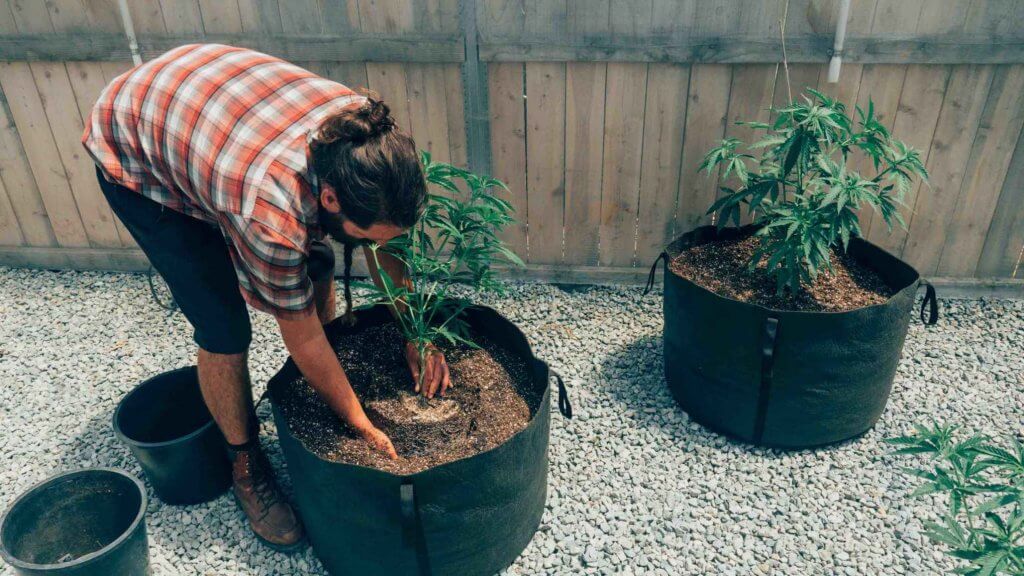
Final points about repotting autoflowers
Can you transplant autoflowers? Definitely! You only need to exercise caution with whichever technique you choose. All plants, including autoflowers, were never meant to be moved from one place to another.
When you transplant autoflowers, root shock is almost unavoidable. Most people prefer planting their autos in their final container immediately to minimize the chances of damaging the roots and reducing the yield.
With care, you can reap the benefits of transplanting autoflowers. It allows you to place them in controlled environments during the vulnerable seedling stage. It also makes weed control, disease prevention, and monitoring nutrition easier.

The plants of tomorrow are in the seeds of today
Planting the best seeds today will ensure you have a successful garden tomorrow. The above guide will make growing autoflowers less challenging.For high-quality autoflower or other cannabis seeds, visit Homegrown Cannabis Co. W
e have a comprehensive selection that’s easy to grow, and with the proper attention, they’ll reward you with a premium crop.
About the author: Derek LaRose
Also known as Kronic from The Cannabis Kronicles, Derek LaRose is a young ambitious cultivator and a staple educator for indoor cultivation.
